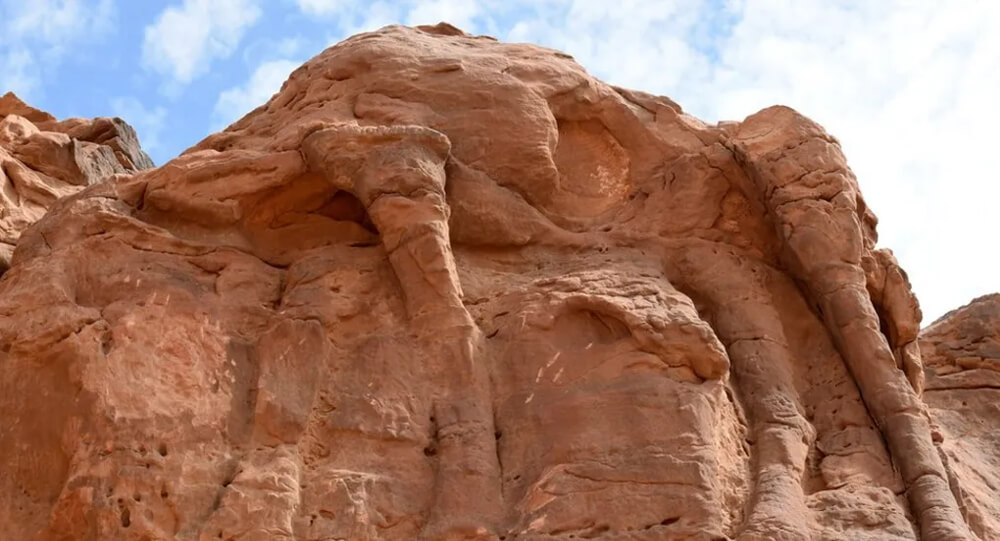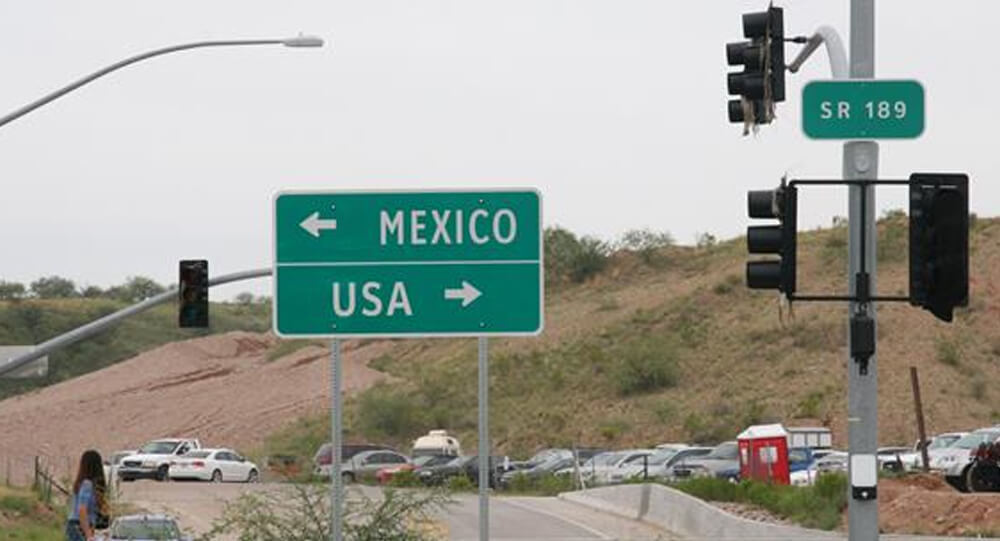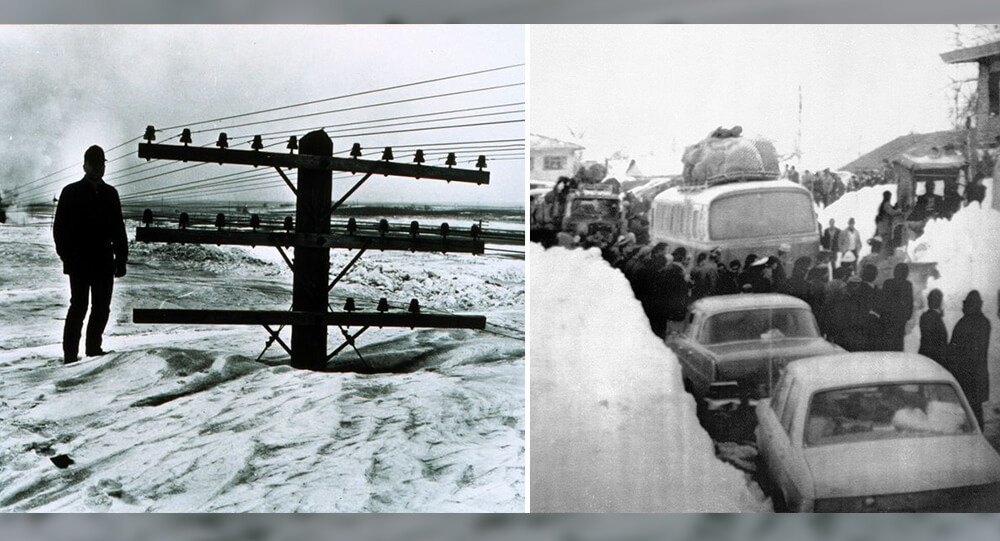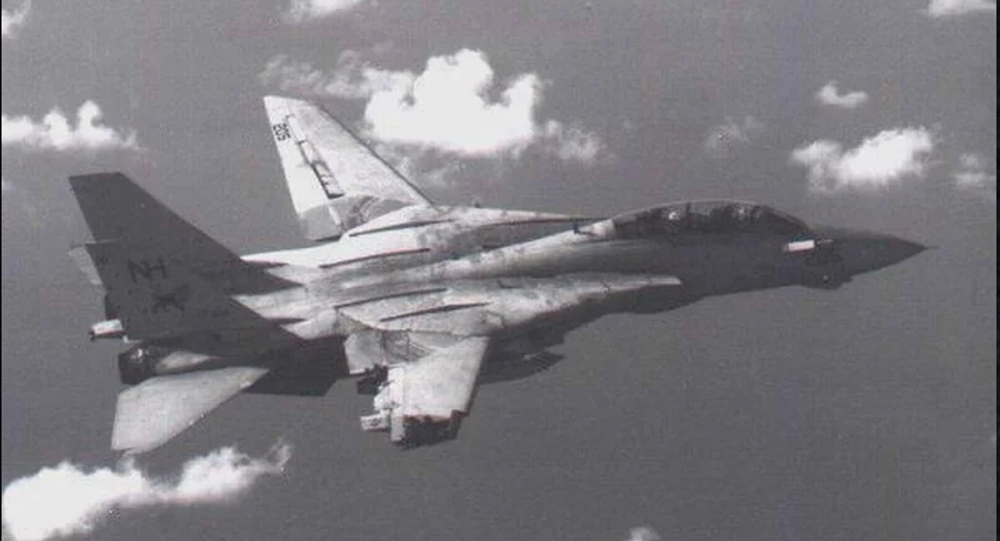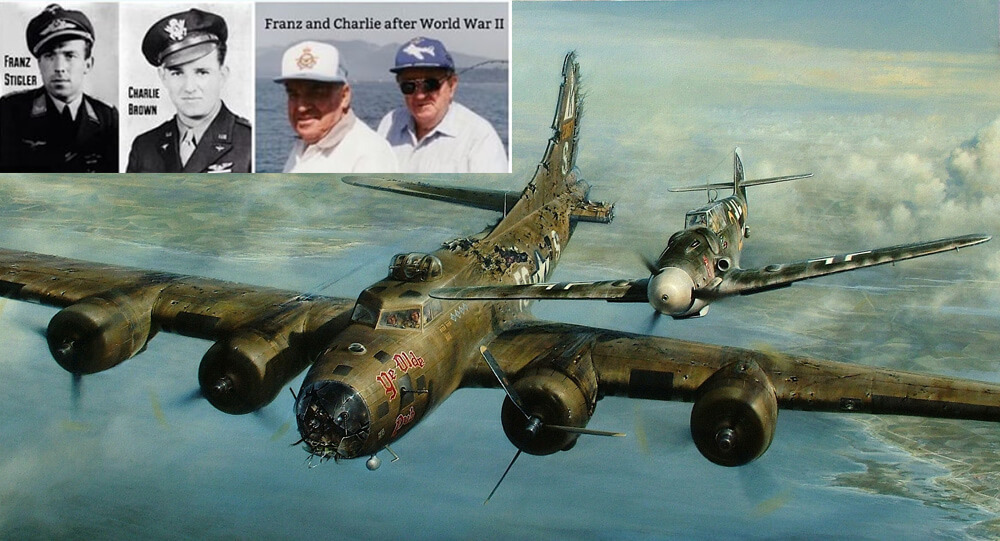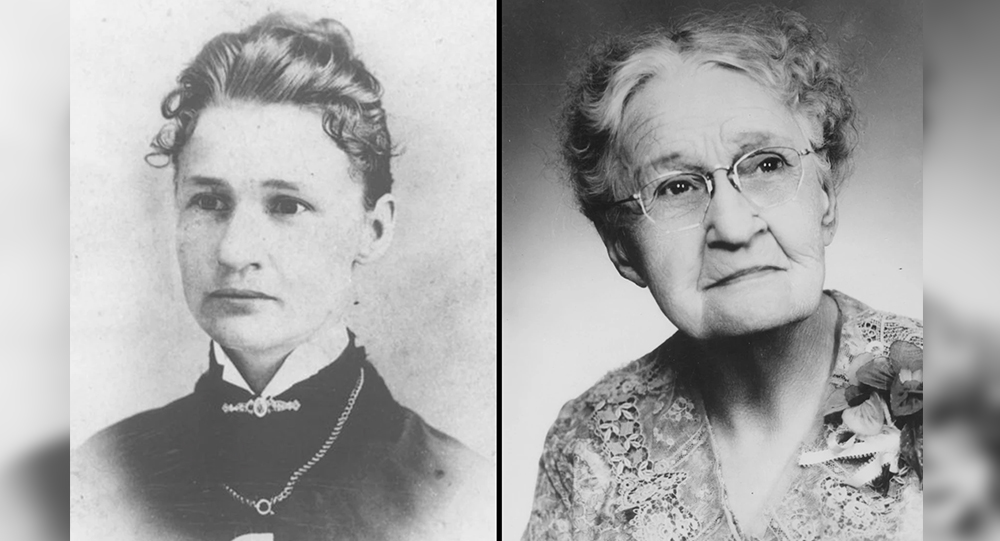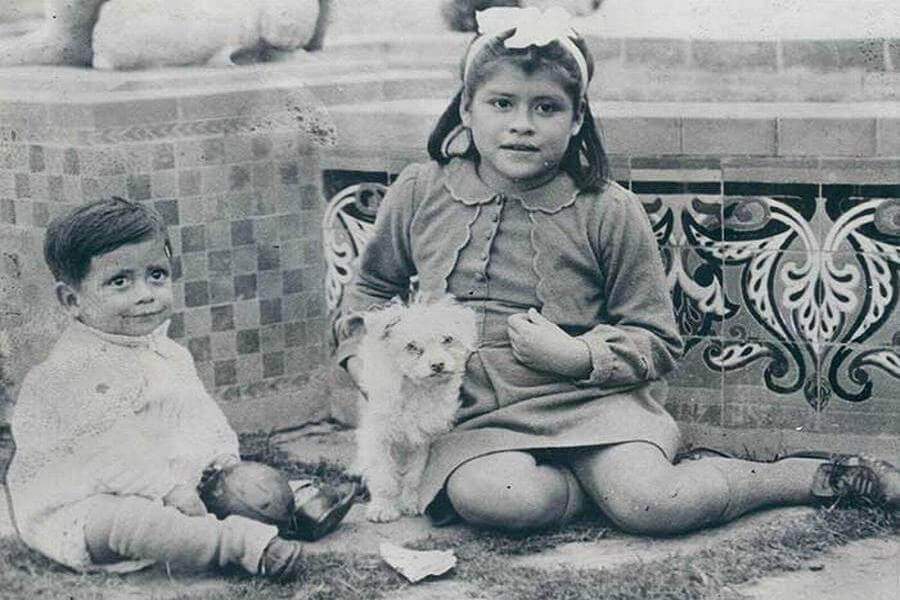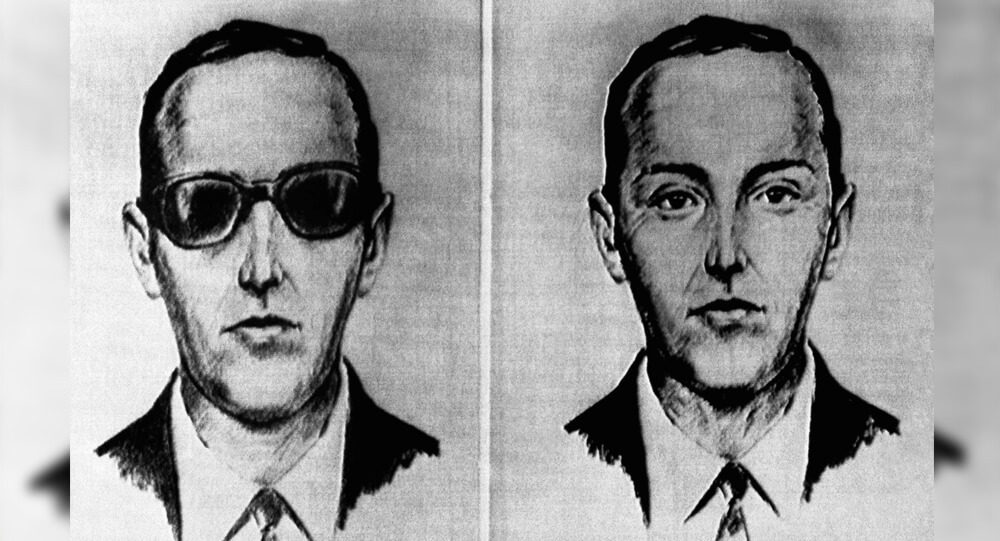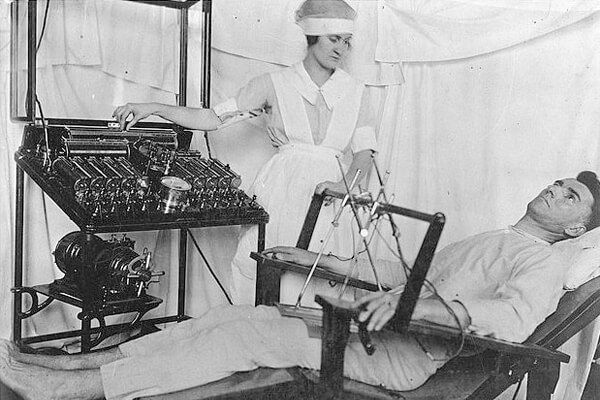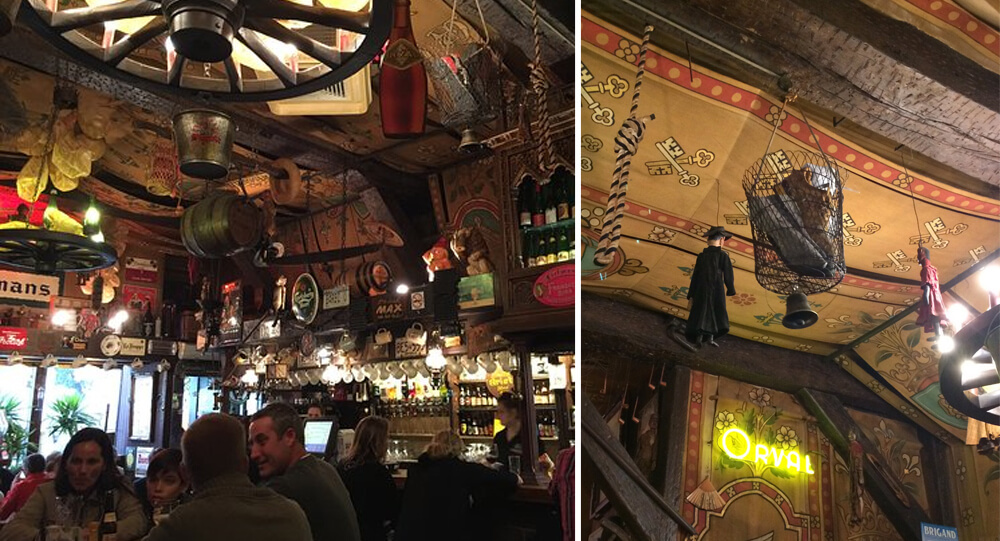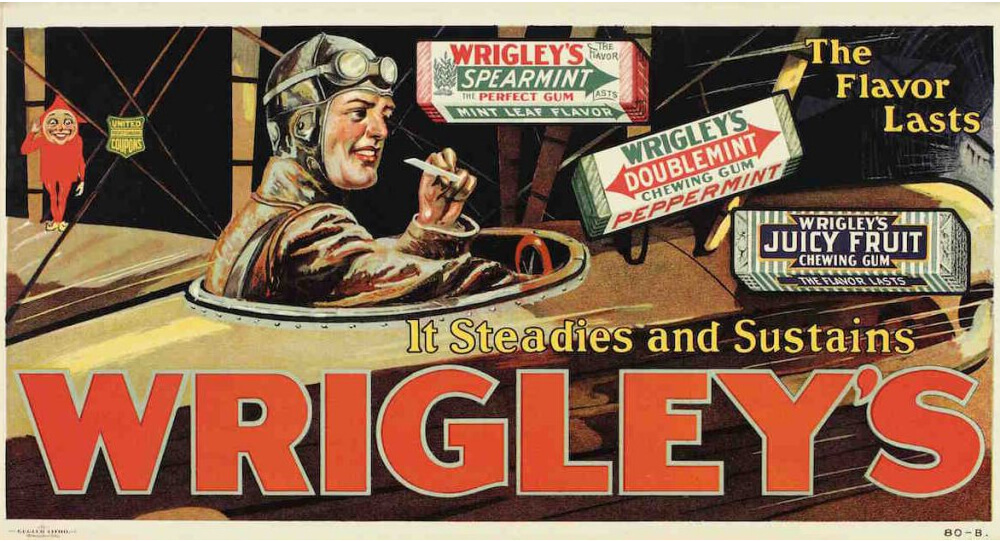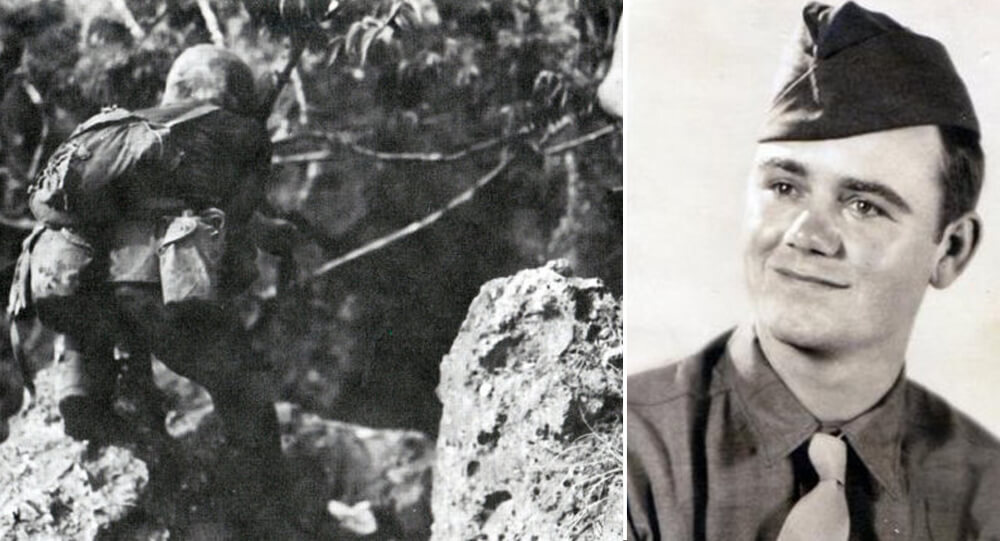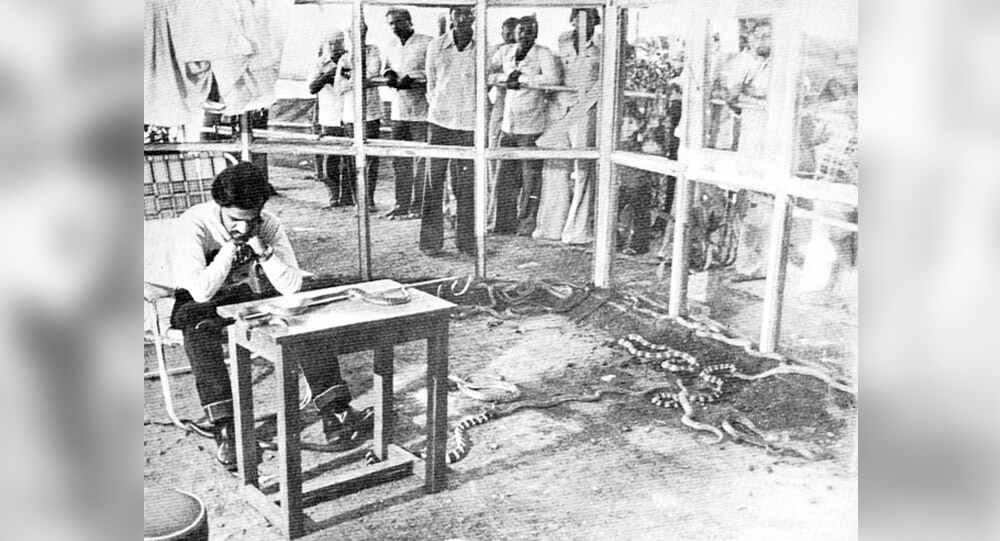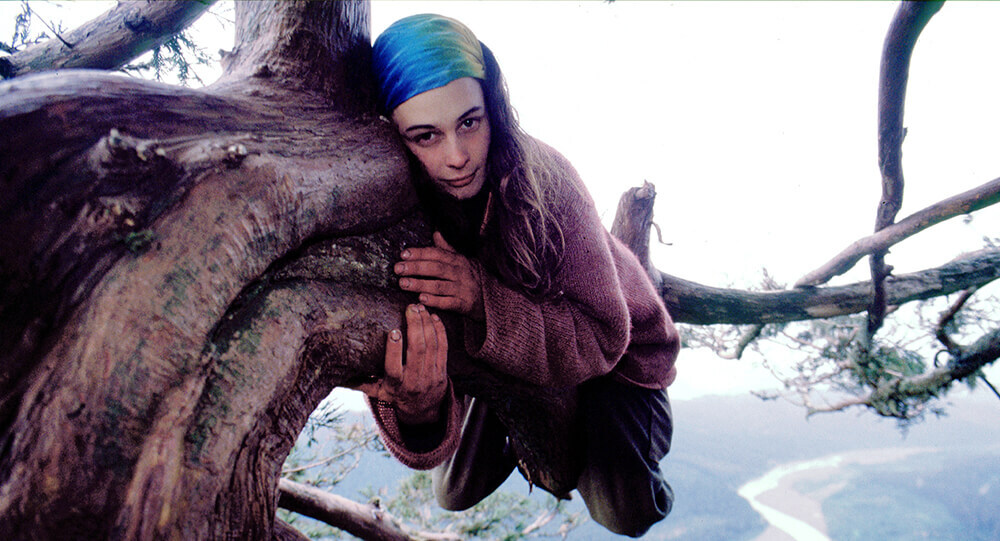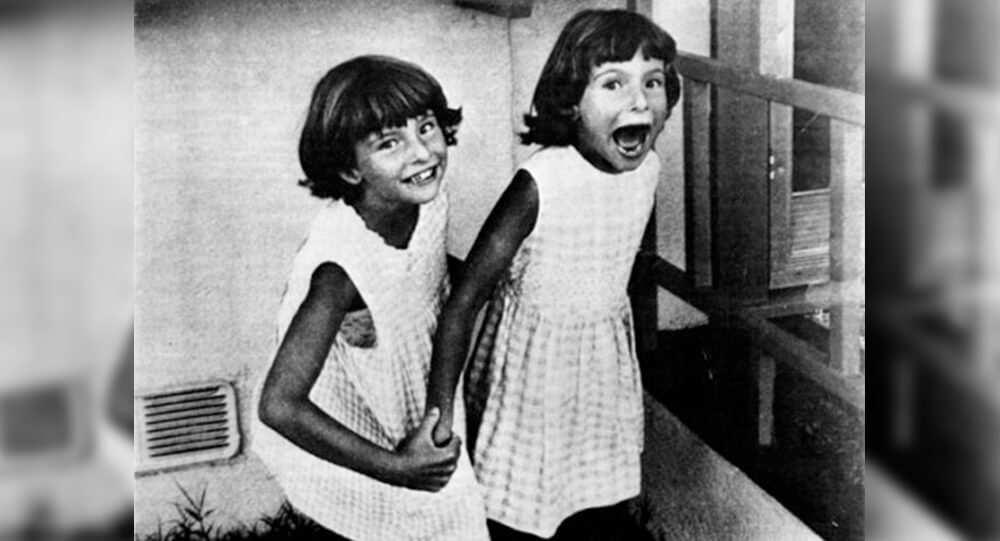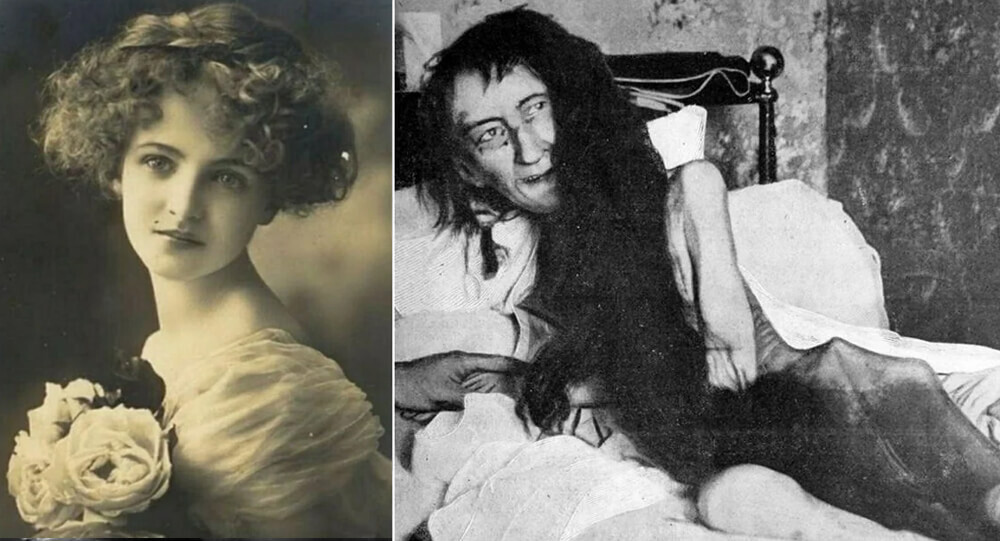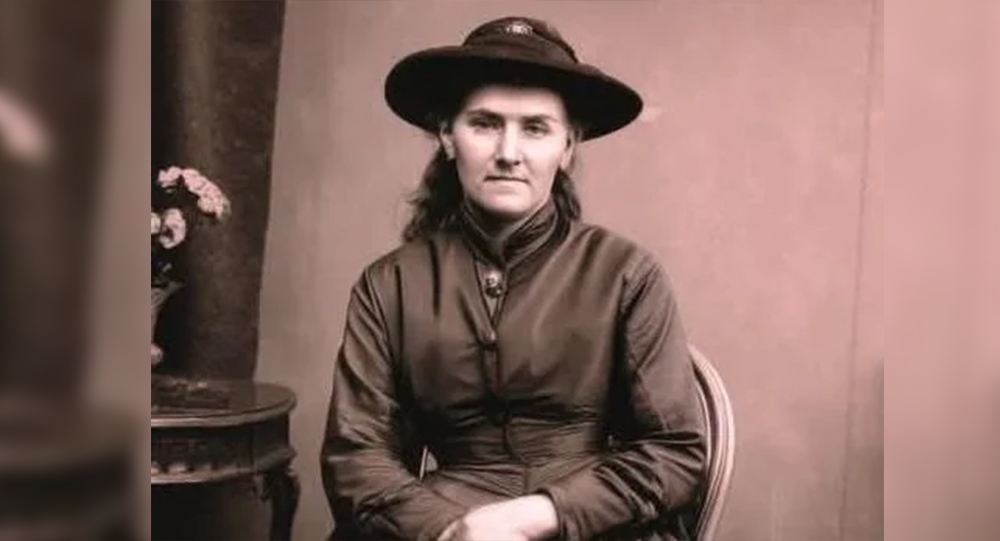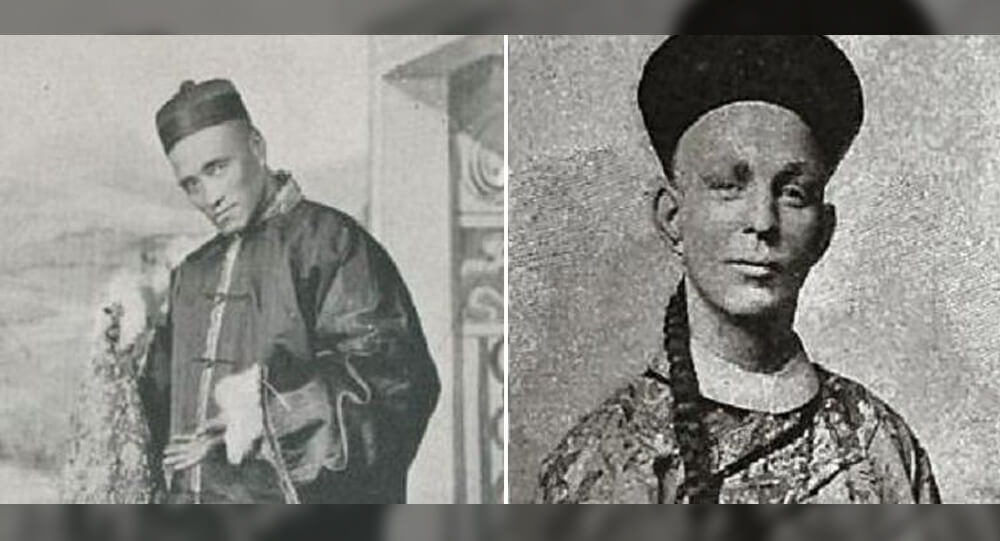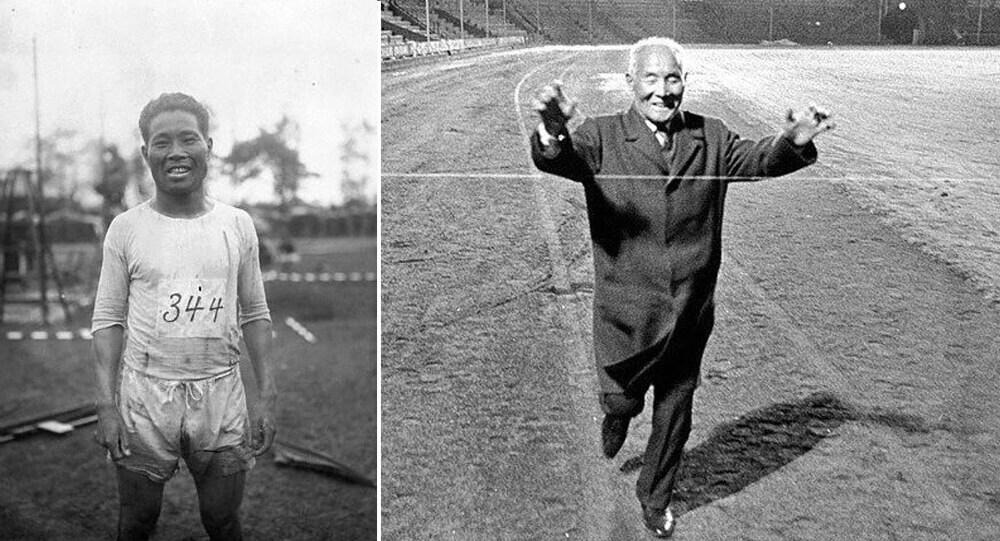
Only those who ran the fastest jumped the farthest and exerted themselves more than their competitors are typically remembered in history for track and field competitions at the Olympic level. Shizo Kanakuri, who is cherished for having the worst official time of any Olympic marathon runner in history—taking more than 54 years to complete a race he began in 1912—appears to be an exception to that rule.
Though primarily recognized in the west for his aforementioned Olympic record, Kanakuri is one of the best athletes in his native Japan and is frequently referred to as “the father of the Japanese marathon.” In fact, Kanakuri was such a gifted athlete that when the 1912 Stockholm Olympics opened, he was the overwhelming favorite to win the marathon after learning he had run a possible world record in a qualifying round in Japan the year before, clocking in at 2:32:45. (Whether this was a real-world record or not is up for debate because the distance Kanakuri ran was never formally measured; some people think he only ran 25 miles rather than the required 26.2 for the record.). Nevertheless, his long-distance running ability was well known and established by the time the 1912 Olympics rolled around.)
There was a lot of pressure on Kanakuri to perform well because he and his teammate represented the first Japanese athletes to ever compete in the Olympics. Kanakuri was one of only two athletes from Japan that year to compete in the Olympics (the other was a sprinter named Yahiko Mishima).
Not wanting their skills to lapse, Kanakuri and his teammate reportedly kept themselves in shape by endlessly running laps around the boat, and later, when they traveled by rail, by jogging around the train station whenever it stopped. The journey to Sweden was reportedly an incredibly difficult one that involved traveling by both boat and rail over the course of about two weeks.
Unfortunately, one of the men in Japan’s Olympic team became ill when they arrived in Sweden; whether it was Kanakuri or Mishima is unclear from the records that have survived. Kanakuri also struggled with the local cuisine, which made it harder for him to prepare for the race.
The temperature in Stockholm was an unusually warm 32 °C (nearly 90 °F) on the day of the Marathon. Kanakuri decided to run in traditional Japanese cloth shoes called tabi despite the unfavorable weather. Although he made an effort to strengthen these shoes with rough canvas, they were still unable to adequately shield his feet from the gravel and other debris that were strewn across the marathon’s course.
Kanakuri also had issues with his, shall we say, unusual running style by modern-day standards. You see, Kanakuri typically avoided drinking while running because it was widely believed at the time that perspiring made one feel more exhausted. Although this may seem strange, it was at least an improvement over the previous methods of running marathons, which involved abstaining from all liquids and taking small amounts of strychnine.
In any case, around the halfway point Kanakuri collapsed from heatstroke due to dehydration and heat.
Around this time, according to Kanakuri, he happened upon a garden party being held in a wealthy banker’s villa and made the decision to grab a drink with the host after noticing that they were both sipping orange juice. After about an hour of rest, Kanakuri made the decision to drop out of the competition. He took a train to Stockholm and stayed in a hotel there until his boat headed back to Japan arrived. When Kanakuri returned to Japan, he sent the banker a mysterious box containing a scroll with Japanese writing on it as a thank-you gift for letting him recover in their villa. The scroll became a priceless remembrance of the occasion for the family. (More on that in the section with bonus facts.)
Now, Kanakuri’s decision to withdraw from the race was not unusual in and of itself because the heat caused more than half of the 69 runners competing that day’s marathon to fail to complete it, with many of them collapsing like Kanakuri did. Additionally, one man, Portuguese runner Francisco Lázaro, lost his life as a result of the race after collapsing about 8 kilometers from the finish line with a body temperature of an astounding 42.1 °C (107.8 °F). He lost consciousness again, and the following morning he passed away. He had wax applied to his body, it was later discovered, to protect it from sunburn. Sadly, it also made it difficult for him to properly perspire, which contributed to his passing.
Kanakuri, who was humiliated by having to drop out, didn’t inform the race organizers of his withdrawal but instead went home. Because of this, they were concerned that Kanakuri might be in danger and reported his disappearance to the Swedish police, who made fruitless efforts to find him. They were aware that many of the racers had passed out and that one eventually died.
Strangely, despite participating in the 1920 Olympics in Antwerp and the 1924 Olympics in Paris, Kanakuri was officially listed as missing for about 50 years in Sweden (he was also set to run in the 1916 Olympics, but WW1 got in the way).
In his native Japan, Kanakuri’s failure in 1912 drew harsh criticism from the media, and in his diary, he expressed his self-disgust. Some media coverage, however, was more positive, praising the young athlete for even being able to compete on par with the best in the world with such little training. He had trained for less than a year and was only 20 years old when he completed the marathon.
Despite this early setback, Kanakuri went on to play a significant role in the development of long-distance running in Japan. He founded the Tokyo-Hakone Round-Trip College Ekiden Race, a relay race for college students that contributed to the nation’s enduring love of the sport and earned him the title “the father of the Japanese marathon.” Kanakuri stopped playing the sport in 1924 and went on to teach geography.
If it weren’t for the fact that Kanakuri’s disappearance turned into something of an urban legend in Sweden, making him known as “the missing marathoner” in Stockholm, it’s likely that his Olympic performance in 1912 would have gone unremembered.
The Swedish National Olympic Committee was shocked to learn that Kanakuri was still alive in 1962, and they made a note of it in their records.
Kanakuri’s name was mentioned among a group of businessmen in 1967, five years later, as they worked to raise money to send Swedish athletes to the 1968 Olympics in Mexico. Then they had an original thought: why not have Kanakuri “finish” the marathon in front of the world’s media to gain some free publicity and draw sponsors to their cause?
Kankuri was invited to Sweden under the guise of commemorating the 55th anniversary of the 1912 Olympic games out of concern that he wouldn’t travel there if he knew what was going on. This invitation was odd, but Kanakuri gladly accepted it.
The extent of the legend that Kanakuri had sparked by going missing all those years ago, as well as the hoax, was only revealed to him when he arrived in Sweden. Some lighthearted versions even suggested that Kanakuri was still running 50 years later because he had missed the first checkpoint.
With a positive outlook on the situation, Kanakuri agreed to complete the race on camera. At 76 years old, he reportedly had the stamina to sprint the final 100 meters.
Representatives of the Swedish Olympic Committee asked Kanakuri if he would like to say a few words about setting a world record for the slowest marathon ever run after reading out his official finish time to the assembled press: 54 years, 8 months, 6 days, 5 hours, 32 minutes, and 20.3 seconds. After pausing to reflect, the veteran athlete limped up to the microphone and said:
“The trip was quite far. I got married, had six kids, and had ten grandchildren along the way.”
At the age of 92, Kanakuri passed away in 1983. The top prize for the relay he started was named after him in recognition of his contributions to long-distance running in Japan.

George Dantzig solved two famous “unsolved” problems in statistics mistakenly as assignment
In 1939, George Dantzig arrived late to his statistics class. On the board were two famous “unsolved” problems in statistics written as an example by his professor. Dantzig mistook the examples for homework assignments. He solved the “unsolved” problems and submitted the homework to his professor a few days later. His solutions earned him a doctorate.

Saudi Arabia camel carvings dated to prehistoric era
Archaeologists were shocked to discover that a series of camels carved into desert rock faces in north-western Saudi Arabia are actually prehistoric, dating from 7,000-8,000 years ago - before either the Pyramids of Giza or Stonehenge were built.

Underground Railroad to Mexico freed thousands of slaves in 1829
Slavery was abolished in Mexico in 1829. Slaves were escaping to Mexico, and slaveholders in the US were aware of this. The US attempted to get Mexico to sign a fugitive slave treaty, which would have required Mexico to send back escaped slaves to the US. But, Mexico refused, arguing that slaves were free as soon as they set foot on Mexican soil.

The worst blizzard in recorded history: the 1972 Iran blizzard
The deadliest snowstorm ever recorded occurred in Iran in 1972. It lasted for a week, burying areas in 26 feet of snow and killing over 4,000 people, including the entire populations of three villages.

The Day an Israeli F-15 Landed with One Wing: Zivi Nedivi’s Unbelievable Mid-Air Survival
Discover the astonishing true story of Israeli pilot Zivi Nedivi, who safely landed an F-15 after a mid-air collision tore off its entire right wing. Learn how skill, quick thinking, and the F-15’s unique design turned a disaster into a legendary feat in aviation history

Charlie Brown and Franz Stigler incident: Enemy became friends
During WWII, a German pilot spotted an American pilot’s crippled plane in the sky. Tailing it, he noticed that gunner was dead, crew injured, and they posed no threat. Instead of destroying the plane, he led it to safety. 40 years later, the two pilots reunited.

Susanna Salter: The Trailblazing Story of America’s First Female Mayor
In 1887, Susanna Salter became the first female mayor in the United States, elected in Argonia, Kansas. Her nomination was initially a prank by men opposing women in politics. However, she won by a landslide and served effectively, inspiring the women’s suffrage movement and breaking barriers for women in leadership.

story of the youngest mother in the world at age of five - Lina Medina
Lina Medina, a five-year-old Peruvian girl, became the youngest mother in history in 1939 when she gave birth to a boy.

15 interesting facts about Queen Elizabeth II
Queen Elizabeth II, who ruled Britain for 70 years, has away at the age of 96. She was the country's longest-reigning monarch. Here are some little-known facts about her.

D.B. Cooper: Man who hijacked a plane and jumped out with a $200,000
On November 22, 1971, DB Cooper hijacked a Boeing 727, drank a whisky, smoked a fag, and then jumped out of the plane with $200,000. He was never again seen.

Top 10 most cruel medical procedures that are being used today
We are all aware that medicine has advanced dramatically over the last fifty years. There are several modern medical approaches available today, but this was not always the case. However, the past of medicine is a dark one. Medical leeches, lobotomy, vascular surgery, cranial stenosis, and even electroshock therapy are all options. These are only a couple of the cruel healing techniques that are still in use today.

Why This Belgian Bar Makes You Trade Your Shoe for a Beer
To prevent tourists from stealing their beer glasses, some bars in Belgium require people to hand over one of their shoes as a deposit which is then put in a basket and hung from the ceiling. These shoe baskets have also become an attraction.

What is the story behind Wrigley chewing gum?
Wrigley's was originally a soap company that gifted baking powder with their soap. The baking powder became more popular than the soap so they switched to selling baking powder with chewing gum as a gift. The gum became more popular than the baking powder so the company switched to selling gum.

Thomas Baker's heroic act that earned him the "Medal of Honor" was 8 bullets until death
Thomas Baker instructed his team to leave him with a pistol and eight bullets propped up against a tree after he was injured. Later, American troops discovered the now-deceased Baker in the same location, lying next to eight dead Japanese soldiers and carrying an empty pistol.

The story of a man who spent 72 hours with 72 venomous snakes to prove they only bite when provoked
In the 1980s, an Indian man spent 72 hours in a glass cabin with 72 snakes, some of which were extremely venomous. His aim was to prove that snakes only attack when provoked. Remarkably, he was not bitten once in those 72 hours and even set a Guinness World Record in the process.

The incredible story of Julia "Butterfly" Hill and her legacy
American environmental activist Julia “Butterfly” Hill lived in a 1500-year-old California Redwood tree for 738 days to prevent it from being cut down by the Pacific Lumber Company. The Simpson’s episode “Lisa the Tree Hugger” was inspired by Hill’s story.

Poto And Cabengo: The Secret Language Of Twins
Poto and Cabengo, as the two girls called each other, communicated in their own language. The twins were ignored by their parents and secluded from the outside world because their father felt they were developmentally retarded, and their unique language evolved as a result of that neglect.

Blanche Monnier: Imprisoned For 25 Years For Falling in Love
Blanche Monnier, she was a French woman noted for her beauty, she wished to marry an old lawyer that her mother disapproved of, so she locked her in a small dark room in her attic for 25 years.

Why Comedians Failed to Make Sober Sue Laugh in the Early 1900s
In the bustling vaudeville scene of early 20th century New York, a mysterious performer known as "Sober Sue" captured public imagination not for jokes or songs, but for her unshakable stoicism—she never smiled or laughed. A local theater even offered a tempting reward of $1,000 to anyone who could make her laugh, drawing crowds and famous comedians eager to claim the prize. Despite countless hilarious attempts, Sue remained expressionless, a mystery that baffled performers and audiences until it was revealed that she suffered from facial paralysis, explaining her unchanging demeanor.

The Bizarre (And Magical) Duel Between Chung Ling Soo And Ching Ling Foo
Ching Ling Foo and Chung Ling Soo were two magicians from the early 20th century who were bitter rivals. While Ching Ling Foo was genuinely Chinese, Chung Ling Soo was actually a New Yorker named William Robinson.

The mysterious secret of Dr James Barry
Before women were allowed to enroll in medical school, Margaret Ann Bulkley studied medicine and assumed the identity of Dr. James Barry for 56 years while dressing as a man. After 46 years of service as an army doctor officer, her secret was not made public until after her death in 1865.

The Assassination Of King Alexander
The assassination of King Alexander of Yugoslavia marked a pivotal moment in the country's history. This article delves into the rise and reign of King Alexander, exploring his early life and ascension to the throne. It also examines the political and social climate in interwar Yugoslavia, setting the stage for the tensions and challenges that ultimately culminated in his tragic assassination. By understanding the context in which this event unfolded, we can better grasp the significance and impact it had on the nation and its future.

Louis Le Prince Invented the motion picture camera, and then he mysteriously disappeared
Louis Le Prince, the inventor of motion pictures, vanished without a trace in 1890. Thomas Edison quickly claimed the title of "first and sole inventor of cinema," even taking Le Prince's son to court to dispute it. A few years later, the son also dies under mysterious circumstances.

Remembering the 1945 Empire State Building Disaster: When a Plane Met Skyscraper
An airplane crashed into the Empire State Building in 1945. Among other damage, plane parts severed the cables of an elevator and the woman inside fell over 70 stories. She lived and holds the world record for the longest survived elevator fall.

Nicholas Winton ‘British Schindler’: Man who rescued 669 Czech children from Nazis
A man named Nicholas Winton saved 669 kids during WWII and lived almost all his life without letting people know.


